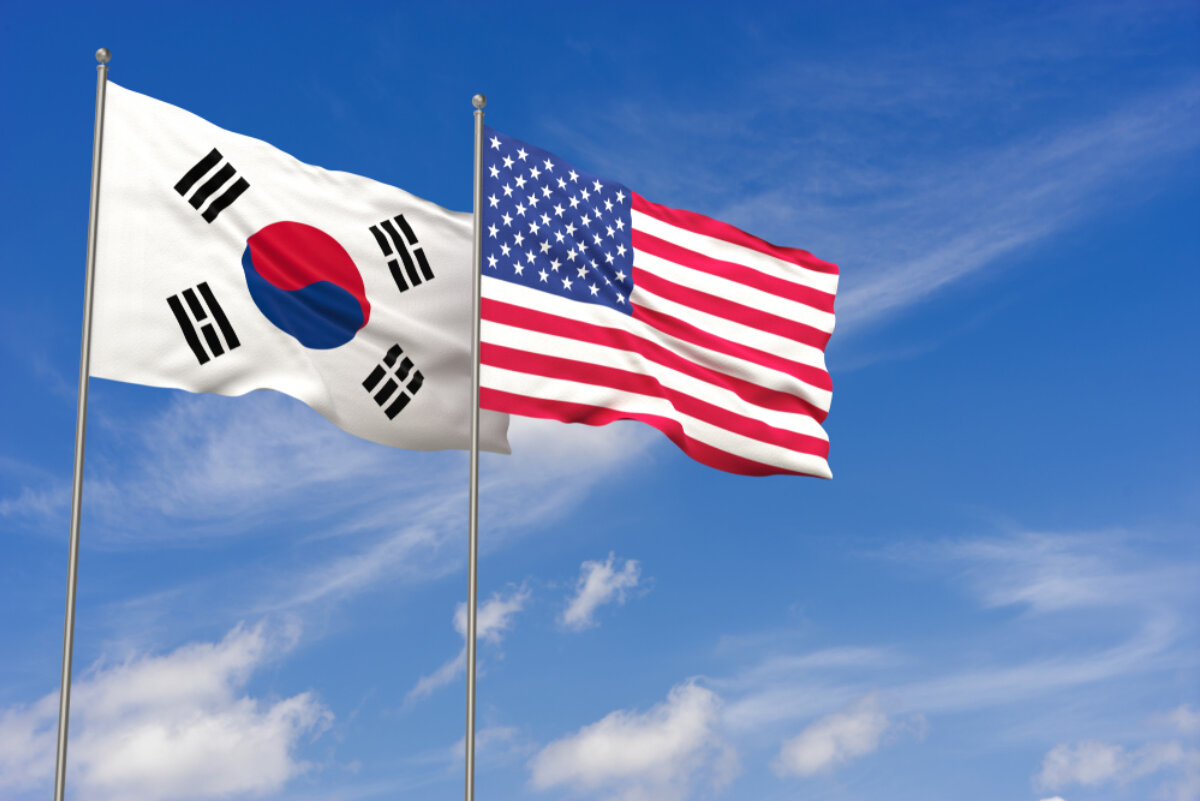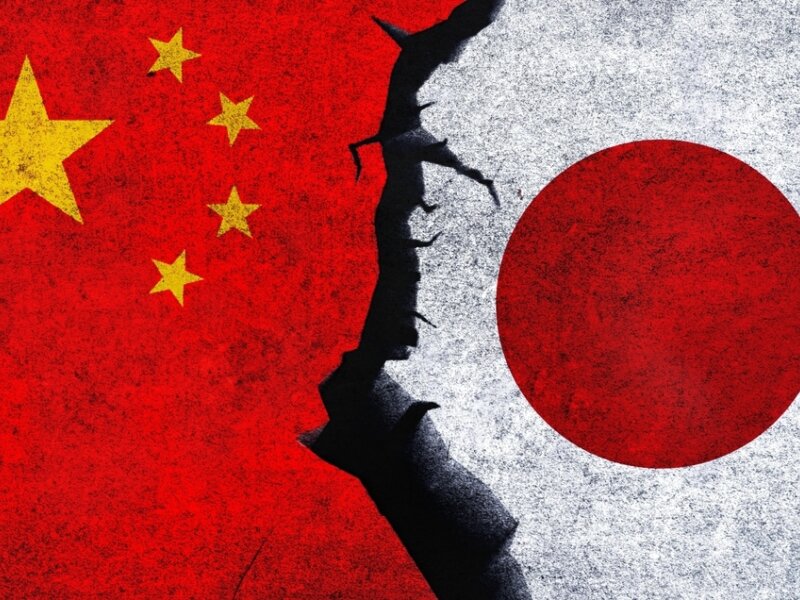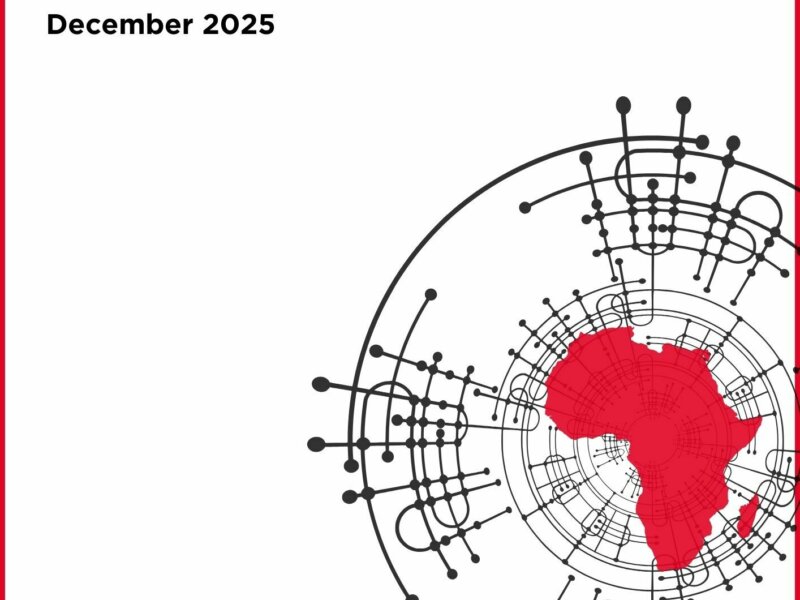Seoul’s Investments in Security and Regional Deterrence
In preparation for the October 1st parade, South Korea continues to advance its defense investment program. An analysis by Emanuele Rossi

In mid-August, residents of Seoul received an alert on their screens. Accustomed to North Korea’s military tests, many assumed it was a warning of a missile entering the southern airspace of the Peninsula. However, it was a “Public Safety Alert” related to the rehearsal for the military parade scheduled for October 1st. This event holds symbolic significance and plays a role in Seoul’s security strategy, which is currently engaged in joint amphibious exercises with the United States. Additionally, the country is strengthening its strategic posture through new investments in its defense budget.
The South Korean government has adopted a strategy more familiar with North Korean approach embracing a more militaristic stance in response to the actions of Pyongyang’s autocrat, Kim Jong-un. After a period of false willingness to negotiate, Kim has reverted to maintaining his power through demonstrations of military strength. This posture is integral to sustaining the regime’s internal balance, and thus, certain militaristic policies must also be presented to the democratic and free South Korean society as a necessary strategic reflex.
Despite the significant differences in political perspectives and often exaggerated interpretations, South Korean society has long been divided. Some advocate for increased deterrence capabilities, fearing that Kim might eventually escalate beyond mere threats and demonstrations. Others call for sincere and effective negotiations to achieve lasting peace on the Korean Peninsula, which has remained in a state of conflict since the Korean War.
The transition from Moon Jae-in’s progressive presidency to Yoon Suk-yeol’s conservative administration in 2022 has significantly influenced South Korea’s foreign and defense policies. Moon even invited Kim Yo-jong, the influential sister of North Korea’s leader, to the 2018 PyeongChang Winter Olympics. However, increased military investments have become a bipartisan issue. Defense spending has risen consistently, with increases of 6% in 2019-2020, 6.1% in 2020-2021, 3.5% in 2021-2022, and 5.5% in 2022-2023.
For 2024, another 4.5% increase in defense spending has been planned, bringing the budget to 59.49 trillion won (approximately $45 billion). A significant portion is allocated to the “Three Pillars” deterrence system, which includes the Kill Chain program, the Korean Air and Missile Defense (KAMD) system, and the Korean Massive Punishment and Retaliation (KMPR) program. An additional 3% increase has been set for 2025, bringing the budget to $46.3 billion, surpassing the psychological threshold of 60 trillion won (now set at 61.5 trillion won).
The defense budget primarily focuses on strengthening the Three Pillars system, with substantial resources allocated to acquiring advanced weaponry and upgrading military personnel. Specifically, the "Kill Chain" is a pre-emptive strike doctrine that enables South Korea to launch a large number of tactical and strategic missiles to neutralize enemy communication infrastructure swiftly, prioritizing reconnaissance and surveillance capabilities. The KMPR doctrine aims to annihilate the core of the enemy’s command, critical assets, and leadership, potentially preventing North Korea from utilizing weapons of mass destruction. The KAMD system, meanwhile, is designed to protect the territory through missile defense. In addition to preemptive and defensive measures, South Korea is planning to establish a massive “Strategic Command”, which will not only manage operational theaters but also plan for future conflicts and coordinate an eventual large-scale offensive against the North.
Seoul’s approach is driven by the desire not to appear weak in the face of Kim’s regime, which values only power. While negotiations remain an option, they must be backed by robust deterrence, especially considering North Korea’s deepening ties with Russia – a country that has shown no hesitation in invading Ukraine. Consequently, South Korea has strengthened its relations with NATO, regularly attending NATO Summits since 2021 as part of the IP4 format and has supported Western measures against Moscow. Although these measures have been relatively mild thus far, South Korea is considering deeper commitments.
The October 1st military parade, organized to celebrate the 75th anniversary of Armed Forces Day and the 70th anniversary of the South Korea-U.S. alliance, carries significant symbolic weight. President Yoon is pushing for a long-term strategy, recognizing that military strengthening must be closely aligned with Washington.
The growing tensions between the U.S. and China also shape Seoul’s policies, which align with American strategic interests. The U.S. seeks to bolster the rearmament of its Indo-Pacific and European allies to form a cohesive and resilient front against the alignment of adversaries such as China, Russia, Iran, and North Korea.
Currently, U.S. Forces Korea consists of 28,500 troops, deployed since the Korean War (1950-1953). While there is broad public support for the bilateral security alliance, some in South Korean society and intellectual circles argue that the uninterrupted U.S. presence may hinder a complete reconciliation with Pyongyang. Nevertheless, for Washington, this presence is now strategically crucial for containing China.
This strategic importance was recognized even as former U.S. President Donald Trump criticized the cost of maintaining U.S. troops in South Korea, calling for Seoul to bear a greater share of the financial burden. The issue of burden-sharing persisted during the Biden administration, although a less contentious agreement was reached in 2021. Regardless of future U.S. leadership, South Korea continues to proactively strengthen its defense posture.
Meanwhile, China sought to exploit the internal controversy within the South Korean political context. As in any democratic political confrontation, the opposition used the issue of rearmament to criticize the executive, and Beijing used the debate to resize the strengthening of military ties between Seoul and Washington.
This is because the axis, which with the Camp David Principles became a three-node axis including Japan, is clearly problematic for China and its regional ambitions. Indeed, this narrative has been reinforced by disinformation and propaganda campaigns aimed at swaying South Korean public opinion against the decisions of South Korean governments. When the so-called “Washington Declaration” was signed last year, in which the US and South Korea agreed to strengthen nuclear deterrence against North Korea – including the possible deployment of US nuclear-powered submarines in South Korea – the Chinese authorities spoke of a “Cold War mentality” and criticized the Yoon administration for its pro-American policies. Beijing argues that this strategy could destabilize the region, and for these reasons China is also working to foment dissent among those South Koreans critical of US influence, increased military spending and Yoon’s policies in general.
The rationale behind this strategy has also become evident through the recent “Ssang Yong 24” exercise, which concluded on September 7, 2024, off the coast of Pohang. The exercise involved 13,000 military personnel, including South Korean and U.S. marines, as well as a British Royal Marines company. Such joint exercises enhance the alliance’s combat readiness and interoperability, particularly in projecting forces into hostile coastal areas and securing strategic positions under air and naval protection.
These drills are designed not only to respond swiftly to potential crises on the Korean Peninsula but also to prepare for broader contingencies. For China, this coordination between U.S. and allied forces presents a practical problem, given that any reckless actions in the South China Sea or against Taiwan would encounter a highly advanced U.S. counter-response, with South Korea playing a key role in supporting such efforts through its military modernization.



